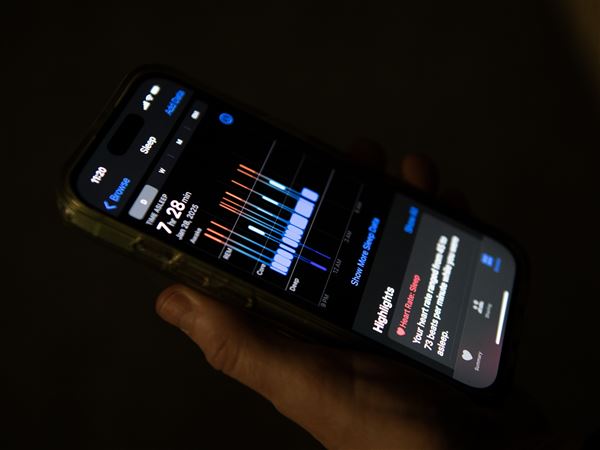TAMPA, Fla. – Goal or no goal?
That’s the question the referees had to answer on Wednesday night in the waning seconds of the Penguins’ 3-2 loss in Tampa. Kris Letang fired a shot that Lightning goalie Andrei Vasilevskiy gloved right on the goal line.
Depending on your point of view, it was either a clutch save by one of the league’s best goaltenders, or — if you’re like Penguins captain Sidney Crosby — you believe that “it looks like it’s in his webbing and for a split second it looks like his webbing is over the goal line.”
But who knows? Hours later, the play is still open to interpretation.
“There’s got to be some way they can definitively tell,” Crosby said. “…I’d like to think there’s some technology out there that could tell you it’s over the goal line or not.”
THAT CLOSE. 😳
— NHL on NBC (@NHLonNBCSports) October 24, 2019
The Penguins were that close to tying the game as time expired in the third period. pic.twitter.com/Ug18A1XOc6
The Penguins’ captain might be onto something here. Man has put man on the moon, eradicated life-threatening illnesses and discovered a way to – somehow – stuff even more frosting inside of Oreos. There’s got to be a way to solve these goal or no-goal controversies, right?
Well, maybe the technology already exists.
For years, other sports including tennis and soccer have utilized a variety of techniques. It goes beyond basic instant replay, incorporating a sophisticated network of high-speed cameras and electromagnetic systems.
In one such system used by FIFA, referees wear watches and receive a signal within one second so they can immediately make a call. The process has been used for at least five years now.
British newspaper The Guardian detailed numerous technologies that were in use for the 2014 FIFA World Cup, some of which the NHL might want to look into. The Cairos GLT system and GoalRef, in particular, seem to be close to what Crosby was suggesting.
Here is how The Guardian explained those technologies.
GoalControl
German-produced GoalControl uses 14 high-speed cameras mounted around the stadium – seven pointed at each goal – to track the flight of the ball and detect whether it has cross the goal line or not.
Hawk-Eye
Hawk-Eye is already used in cricket, tennis and snooker, and like GoalControl employs high-speed video cameras dotted around the pitch to triangulate and track the position and flight of the ball. Seven cameras are required per goal mouth, allowing the system to still operate when several cameras are blocked. Hawk-Eye was used in the 2013-2014 Premier League season in the UK.
Cairos GLT system
Cairos Technologies and Adidas produce a system that does not rely on cameras, instead using a magnetic field to track the ball. A sensor is embedded inside the ball, which detects the magnetic field produced by thin wires run underneath the penalty box. A computer tracks the position of the ball via the sensor and detects when the ball crosses the goalline.
Goalminder
Another camera-based system, Goalminder uses high-speed cameras built into the goal posts and crossbar to deliver visual evidence only to the referee, leaving it to the judgement of the officials.
GoalRef
GoalRef uses a similar magnetic field-based technology to Cairos GLT, but instead of the ball acting as a sensor, the goal frame detects the passing of the ball.
•
NOTE — Defenseman Juuso Riikola played left wing for the third time this season during Pittsburgh’s loss to Tampa Bay. Coach Mike Sullivan said after the game that the decision was made because fourth-line winger Adam Johnson was dealing with an upper-body injury.
Mike DeFabo: mdefabo@post-gazette.com and Twitter @MikeDeFabo.
First Published: October 24, 2019, 3:11 p.m.























